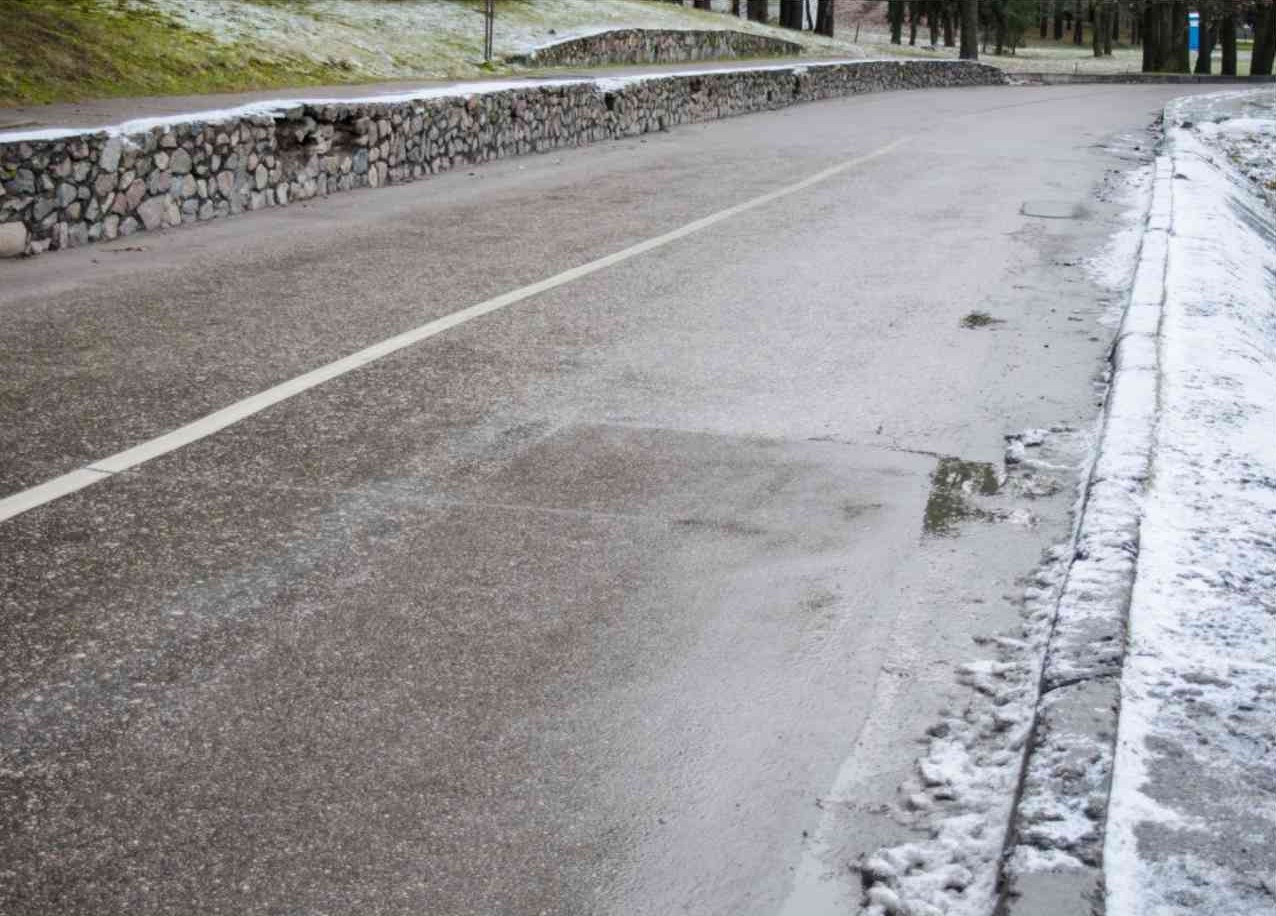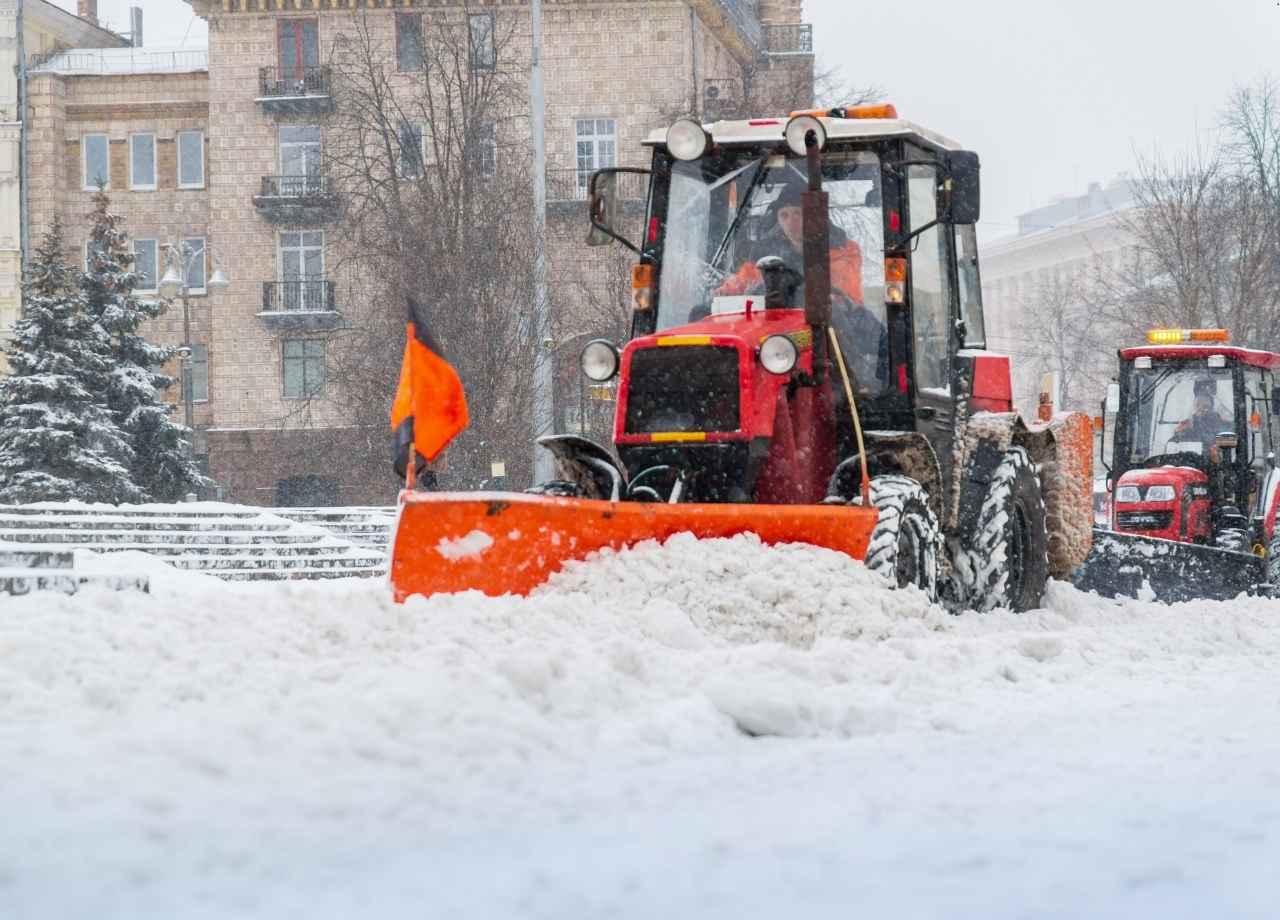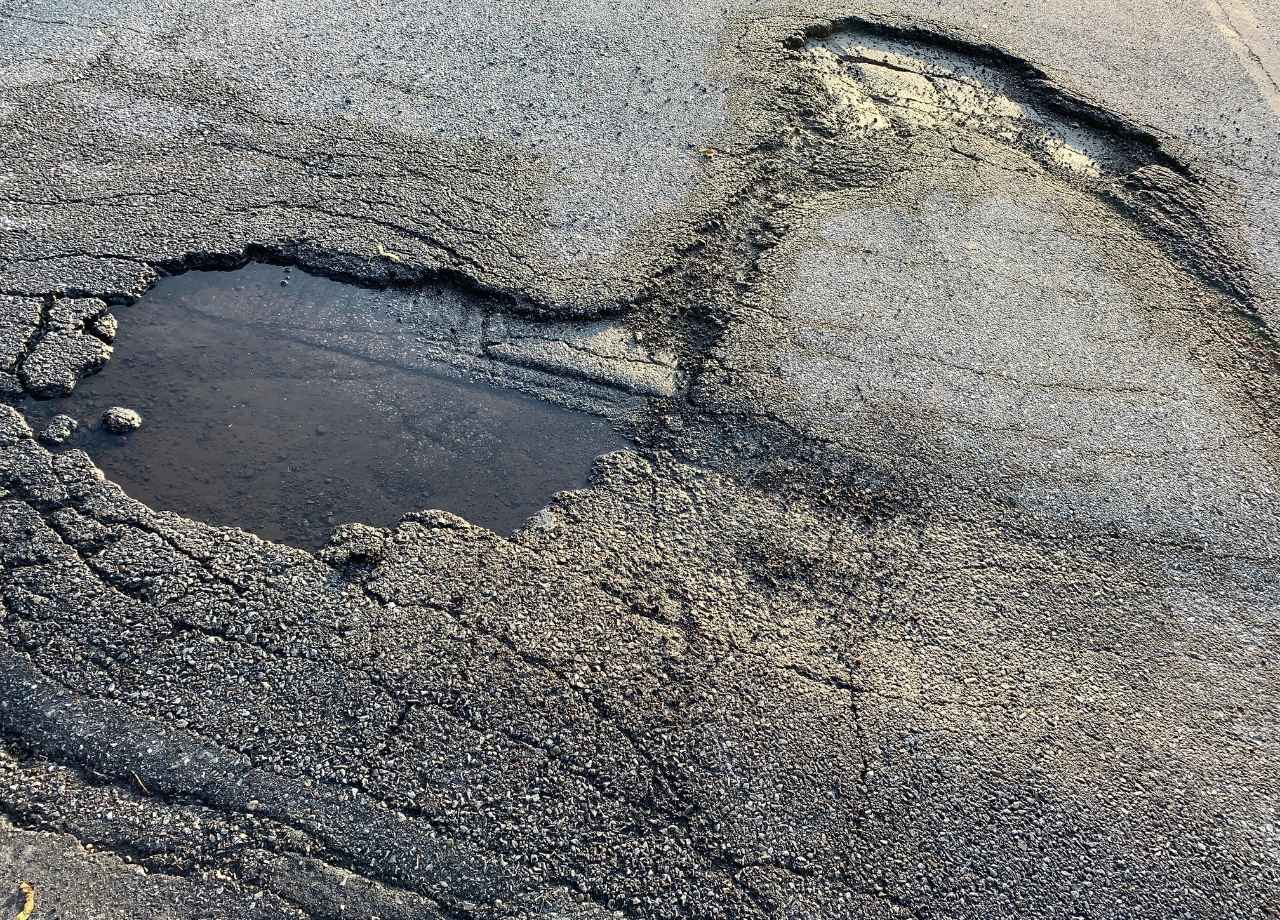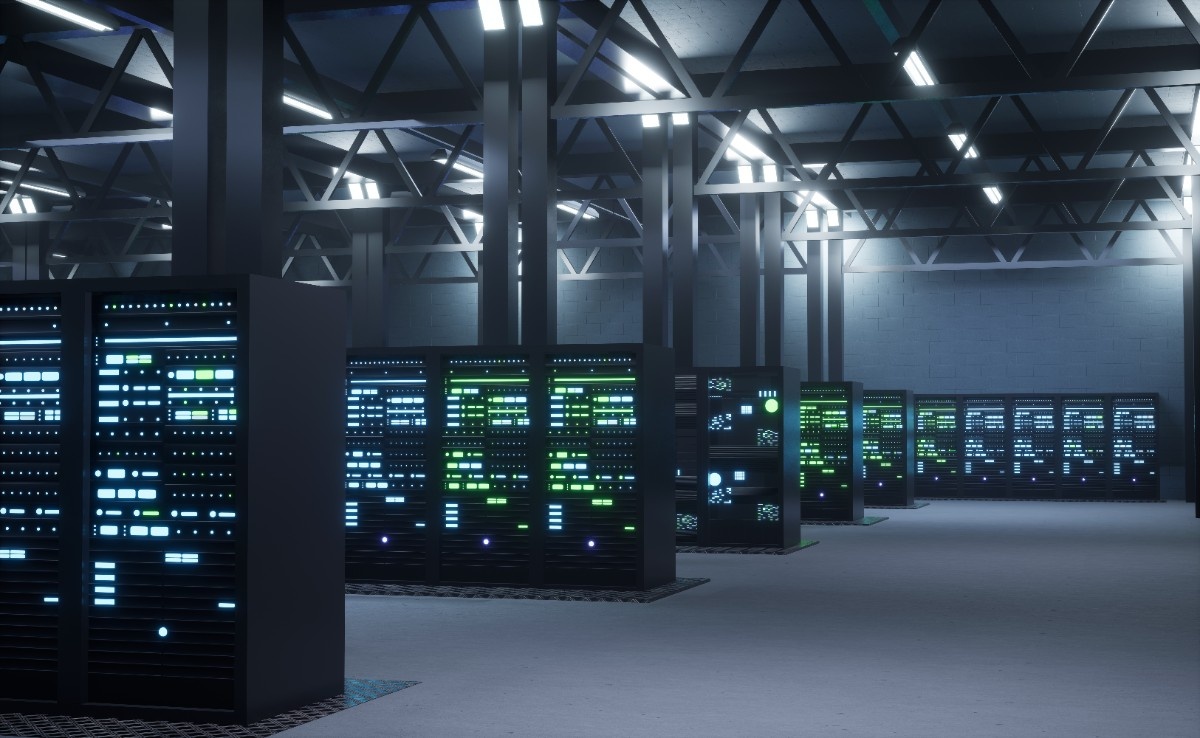The Costly Mistake Facility Managers Make With Snow Melt
For facility managers overseeing campuses, commercial buildings, or mixed-use properties, winter brings more than just snow—it brings liability, energy costs, operational stress, and tenant expectations. Snow melt systems promise clear walkways, fewer slip-and-fall claims, and less labor spent on shoveling.
But many teams assume that installing a snow melt system—whether electric or hydronic—means the problem is solved. The reality? One overlooked step can drive up costs, reduce performance, and increase risk.
Misjudging Heat Load and Climate
It’s common to size a snow melt system based solely on square footage. But square footage doesn’t account for climate intensity, frost depth, wind drift, or the weight and type of snowfall.
One facility I managed learned this the hard way during a heavy February blizzard. Eight inches of wet snow fell overnight. The snow melt system had been designed without considering local weather extremes, and it simply couldn’t keep up. Staff had to manually clear walkways, and overtime hours spiked. The cost of the storm far exceeded what a more tailored engineering analysis would have required during the planning phase.
Surface Material and Heat Transfer
Different paving materials conduct heat differently. Granite and dense stone pavers retain cold longer than concrete. At one site, granite walkways remained icy even while adjacent concrete was clear.
The issue wasn’t the system—it was the heat transfer. The solution involved retrofitting stainless steel transfer plates beneath the granite. The difference was immediate. Facility managers need to confirm system compatibility with the actual surface materials, not just general specs. Overlooking this detail can lead to uneven melt patterns and persistent safety risks.
Poorly Sized Control Systems
Many systems rely on manual activation or fixed timers. These are error-prone and inefficient. If staff forget to activate the system ahead of a storm—or shut it off too late—walkways freeze, energy is wasted, or both.
At one academic site, freezing rain hit just after hours. The snow melt system had not been activated manually. By morning, pathways were sheets of ice. Upgrading to smart controls—featuring pavement sensors, weather forecasting, and automatic activation—cut energy use by 30% and eliminated missed events.
A timer isn’t enough. Proper control systems pay for themselves quickly in both energy savings and risk reduction.
Skipping Regular Maintenance
Once installed, snow melt systems can feel like “set it and forget it” solutions. But they include mechanical and fluid components that age, corrode, and degrade over time.
At one location, a hydronic system began losing efficiency. Upon inspection, the glycol fluid was low—and had been leaking slowly for years. The leak went unnoticed because no routine inspection had been scheduled. A basic annual fluid check would have caught the issue early. Instead, the system needed partial pipe replacement and a full system flush.
Make seasonal commissioning and decommissioning part of your maintenance calendar. Pumps, sensors, controls, and fluids need annual checks just like HVAC systems.
Lack of Seasonal Function Testing
The system might sit idle for months. If it only activates during snowfall, faults can remain hidden until you need it most.
One facility’s control sensor failed during the summer—but nobody knew until the first snow arrived. The system didn’t activate, and emergency manual clearing was needed. Afterward, testing showed a simple sensor cable had corroded.
Seasonal test activations—at the start and end of winter—catch these faults before they create operational chaos.
Ignoring Lifecycle Costs
Snow melt systems are often pitched as alternatives to plowing and salting. But installation cost is just the beginning. Facility managers need to budget for:
- Annual energy usage
- Glycol replacement (for hydronic systems)
- Pump maintenance
- Sensor calibration and replacement
- Software or control upgrades
- Emergency repairs
- Long-term system wear
I worked with one client who, after analyzing energy and service costs over a three-year period, discovered that relying solely on the snow melt system was more expensive than combining it with scaled-back plowing contracts. They adjusted operations and saved 25% annually.
The bottom line: understand the full lifecycle cost, not just the upfront installation quote.
Under engineering Integration with Central Plant
In buildings where heating plants serve multiple systems—boilers, HVAC, water heating—snow melt adds a large, intermittent load. If it’s not modeled properly, activating the snow melt can overwhelm the system.
At one site, snow melt demand caused boiler pressure to spike, triggering safety valves and impacting indoor heating. Engineers had failed to factor in concurrent load. The fix involved adding bypass circuits and new flow valves—an expensive retrofit.
System modeling during design is critical. Snow melt can’t be treated as standalone when connected to shared infrastructure.
Cheap Bids That Cost More Later
The lowest bid often skips engineering rigor and uses inferior installation practices. I once reviewed a project where tubing was spaced eight inches apart instead of the recommended twelve. The result? Uneven heating, overheating in some zones, and gaps in others.
Warranty claims were denied because the installer didn’t follow manufacturer guidelines. Retrofitting the system cost double what proper installation would have.

Cheaper bids often hide corners being cut. Prioritize vendors who offer engineering detail, verified references, and clear quality standards—not just low numbers.
Missing Code Compliance
Building codes evolve—and vary widely by jurisdiction. I’ve seen projects delayed for weeks when final inspections revealed violations like:
- Improper backflow prevention
- Non-compliant temperature controls
- Inadequate expansion spacing near building foundations
All could have been avoided with a pre-installation meeting with local inspectors and a code review during design. Don’t assume your installer has this covered—verify it early.
Insufficient Training for Operators
Even a perfectly installed snow melt system will fail if your team doesn’t know how to operate or troubleshoot it. I visited a parking structure where the system stayed on for 48 hours post-storm because staff didn’t know how to reset the manual override. The result? High energy bills, excessive surface drying, and unnecessary wear.
Schedule annual refresher training that covers:
- Control system settings
- Manual override use
- Sensor troubleshooting
- Emergency shut-off procedures
A single hour of training can prevent weeks of misoperation.
Lessons Learned the Hard Way
After multiple seasons of setbacks, one campus finally got it right. The system was sized correctly. Controls were automated. Surfaces were tested. Maintenance logs were active. Staff were trained. Snow came, and the system performed flawlessly. No scrambling. No slips. No surprise costs.
Facility teams working with National Facility Contractors avoid these failures by planning ahead—from control strategy to lifecycle budgeting—ensuring their snow melt systems work when it matters most.
Conclusion
Snow melt systems promise safety and simplicity—but only when designed, integrated, and maintained properly.
Avoid the costly assumption that installation alone guarantees performance. Think beyond the quote. Ask hard questions. Test early. Train often. And always account for the system’s impact across your site and budget.
Because the real win isn’t just clear pavement—it’s a clear winter with no surprises.







